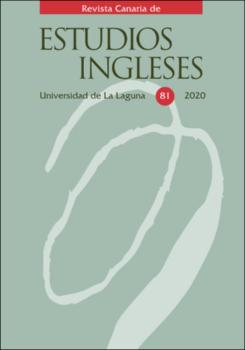Queer Aztlán in Cherríe Moraga’s The Hungry Woman: A Mexican Medea
Abstract
Drawing on Cherríe Moraga’s semi-autobiographical writings and varied scholarly work, this article contends that in her play, The Hungry Woman: A Mexican Medea (2001), she not only critiques patriarchal heteronormativity, but she goes further by naming the necessary elements for a society in which her “Queer Aztlán” (1993), would be possible. Through a close reading of The Hungry Woman: A Mexican Medea (2001), this article demonstrates that the play not only focuses on the necessary deconstruction of patriarchal nationalism, but it also offers the unexpected seeds of change, found in the secondary character of Luna. By shifting our focus onto this character, we may better appreciate Moraga’s forward thinking and the kernels of “Queer Aztlán” expressed in this play.



